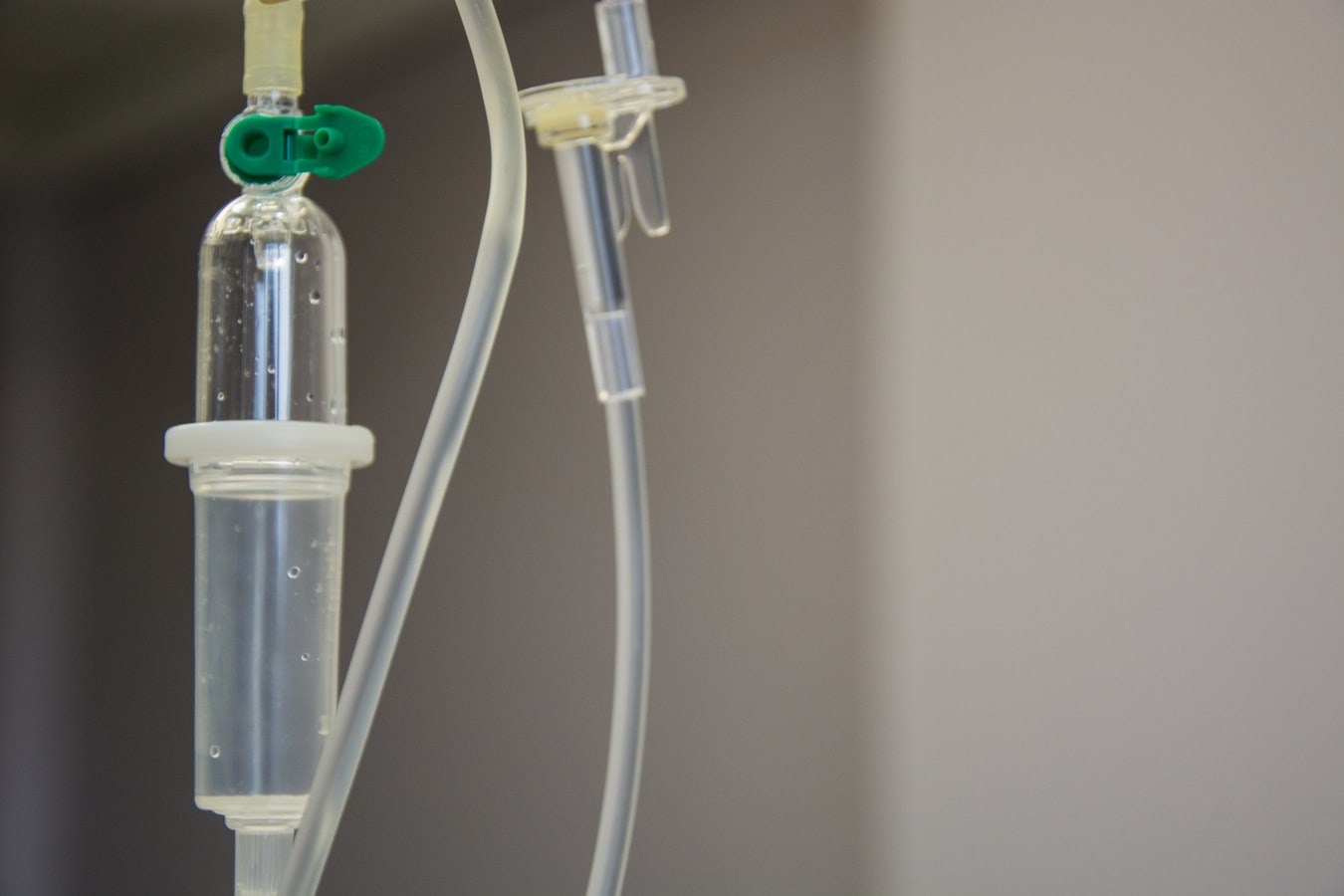Acute lymphoblastic leukaemia
Treatment for ALL
Doctors will decide the right treatment for the child based on the type of leukaemia he/she presents (see classification of ALL). Age and white blood cells count at diagnosis and the response to the initial therapy is what doctors call prognostic factors. They help to know the evolution that a particular patient can experience.
Treatment for leukaemia can include one or more different therapies and it is usually split in different phases.
Phases of treatment
Treatment schedule for childhood ALL have different stages or phases that can be summarized in:
1. Induction
The goal of this stage is to achieve remission. Therapy is given to produce normal blood cell again and to get rid of as many leukaemia cells as posible More than 95% of patients achieve complete remission after 4–6 weeks of this phase.
2. Consolidation/intensification therapy
After the induction phase, the consolidation therapy begins to prevent leukaemic regrowth and to reduce the amount of residual leukaemia cells. A delayed re-induction or intensification treatment is given at the end of this stage. The intensity of the post-induction chemotherapy varies considerably depending on risk group assignment, but all patients receive some form of intensification after the achievement of complete remission (CR) and before beginning maintenance therapy.
3. Maintenance
Maintenance therapy is given after consolidation therapy and it typically lasts 1 year and a half (boys usually have to get an extended maintenance phase). The aim of maintenance treatment is to get rid of the few remaining leukaemia cells and, even if it is a less intensive regimen, it is a very important therapy.

Therapies
Chemotherapy – Nowadays this is the main treatment for paediatric ALL. Chemotherapy consists of multiple medications that are effective for killing leukaemic cells. Those medications are also toxic and can cause many short-term and long-term side effects that should be explained by an oncologist. Chemotherapy can be given orally or intravenously (into a vein or through what is called a porth-a-cath).
Other treatments:
- Steroids (Corticosteroids) - This drug is administered along with chemotherapy and it is one of the most important drugs of the treatment.
- Radiation therapy - This treatment uses high-energy X-rays or other types of radiation to destroy leukaemic cells. Not all the patients need radiotherapy.
- Bone marrow transplant (also called "stem cell transplant") - This treatment replaces leukaemic cells in the bone marrow by healthy ones coming from donors. Donors can be either relatives of the patient whose blood matches the patient’s o non-relatives of the patient, but whose blood matches that of the patient. Before the transplant, the leukaemic cells needs to be “destroyed” with high doses of chemotherapy and/or radiotherapy.
- Targeted therapy - This treatment uses drugs or other substances that identify and kill only leukemic cells (not the normal cells). There are different types of targeted therapy that are used depending on the type of leukemia.
- New types of treatment with chimeric antigen receptor (CAR) T-cell therapy - This is a type of immunotherapy that is being studied in the treatment of childhood ALL that has relapsed (come back) a second time. T cells are taken from the patient and “reprogramed in a lab” so that they will attack leukaemic cell by identifying certain proteins on the surface of these cells. The modified T cells are called chimeric antigen receptor (CAR) T cells. They are grown in the laboratory and given to the patient by infusion. Once back in the body of the patient, the CAR T cells multiply in the patient's blood and kill the leukaemic cells.

Check out further resources and websites for more information on this:
|
UK Cancer Research |
|
|
Decisions about treatment for childhood acute lymphoblastic leukaemia (ALL) |
UK Cancer Research |
|
Induction treatment for childhood acute lymphoblastic leukaemia (ALL) |
UK Cancer Research |
|
Consolidation, interim maintenance and delayed intensification treatment |
UK Cancer Research |
|
Maintenance treatment for childhood acute lymphoblastic leukaemia (ALL) |
UK Cancer Research |
|
UK Cancer Research |
|
|
UK Cancer Research |
|
|
Cancer Connect |
|
|
NHS |